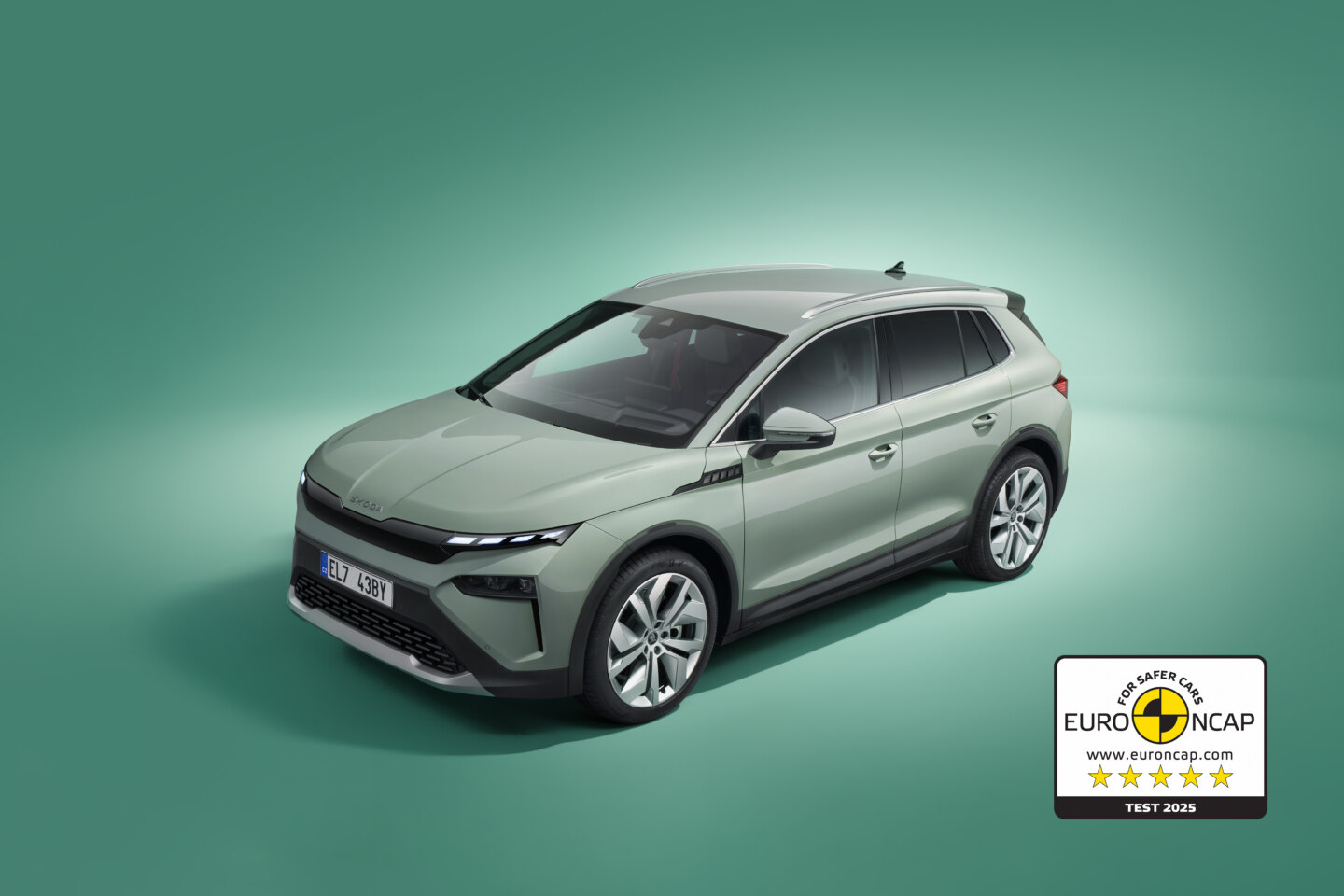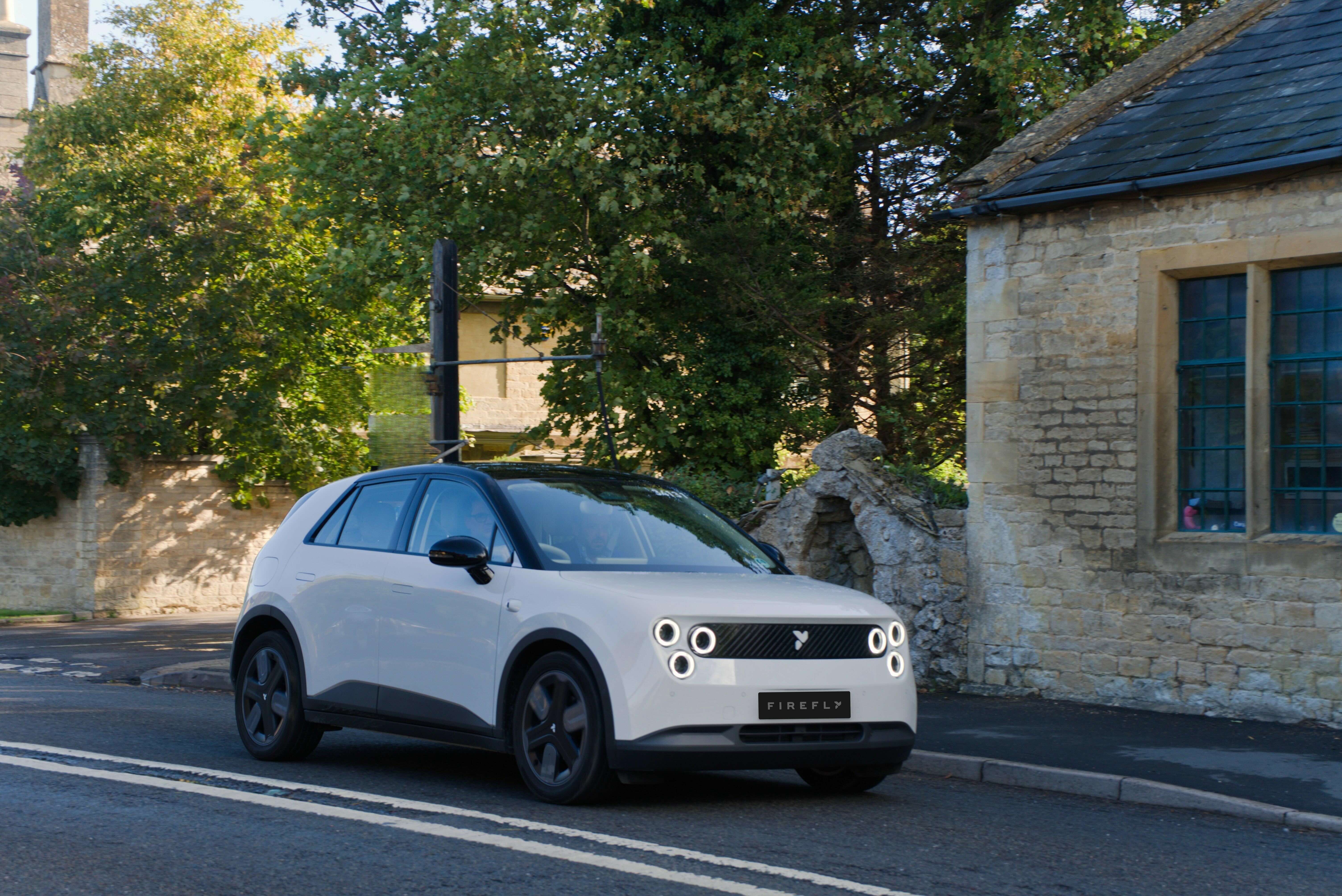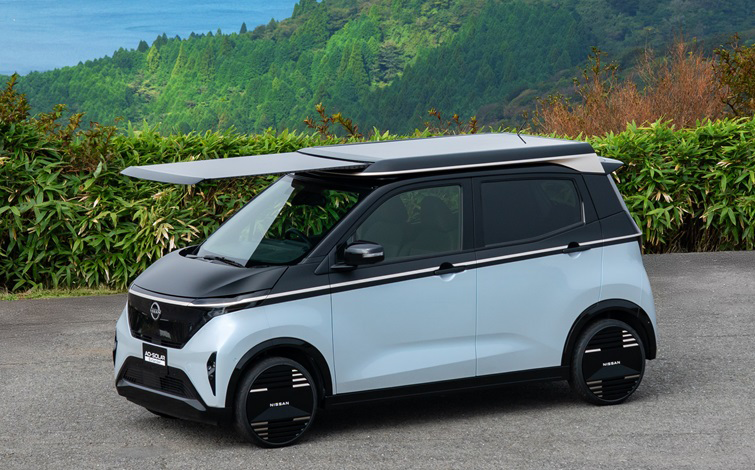Few days ago SK Innovation announced that the start of production of improved NCM 811 battery cells is near, now it’s time for its main competitor - LG Chem - to do the same.
President of LG Chem’s battery business, Lee Ung Beom, just announced that:
“We will first produce the (NCM 811 battery), and you can see it next year”.
We might see those 60 kWh batteries next year, in the 2019 Nissan Leaf. According to Nissan’s global sales and marketing division, Daniele Schillaci, the 2019 Nissan Leaf will get more than 225 miles (362 km) EPA range from those…
The NCM 811 designation means that besides lithium the cathode contains nickel, cobalt and manganese in a composition ratio of 8:1:1. While the anode is mostly graphite mixed with a bit of silicon to improve energy density. These new battery cells not only have better energy density, they are also cheaper to produce, especially since they require much less cobalt than before.
You can see from the diagram below that less cobalt (Co) means lower cost.
The presence of cobalt in battery cells is problematic, since it’s very expensive and most comes from mines in Republic of Congo that use child labor. For plenty of reasons, the less cobalt is used the better. To give you an idea, see the costs below:
It’s impossible not to notice how expensive cobalt is when compared to nickel or manganese.
Moving on…
Theoretically, the energy density of NCM 811 battery cells can reach 1.000 Wh/L, which is very good, especially considering that the first generation battery cells (LMO) used in the 24 kWh battery of the old Nissan Leaf were 317 Wh/L as you can see below.
When I wrote an article with my thoughts on the 2018 Nissan Leaf, I realized that the new AESC battery cells have now reached an energy density of 529 Wh/L and are actually more energy dense than the LG Chem battery cells (435-484 Wh/L) used in the new ZE 40 battery of the Renault Zoe. In fact, this new chemistry used by AESC could give the Renault Zoe a 49,86 kWh battery without increasing its size…
Anyways, the energy density of the new NCM 811 battery cells made by LG Chem - for the longer range version of the 2019 Nissan Leaf - is yet to be known. If the future battery pack doesn’t increase in size, then it means that the battery cells have to be at least 729 Wh/L, which I find unlikely. The longer range version 2019 Nissan Leaf’s battery pack will probably be slightly bigger, not only to have its capacity increased to 60 kWh, but also to have space for a TMS (Thermal Management System).
As a side note, BMW only expects to use NCM 811 battery cells in 2021 with its new BMW i5… for now the best this automaker has to announce is that the BMW i3 will get - the now outdated - NCM 622 battery cells next year. This means that BMW won’t have any real electric alternative to the Tesla Model 3 before 2021…
More info:
http://www.theinvestor.co.kr/view.php?ud=20170908000616
http://insideevs.com/trusted-source-says-60-kwh-nissan-leaf-225-plus-mile-range/

